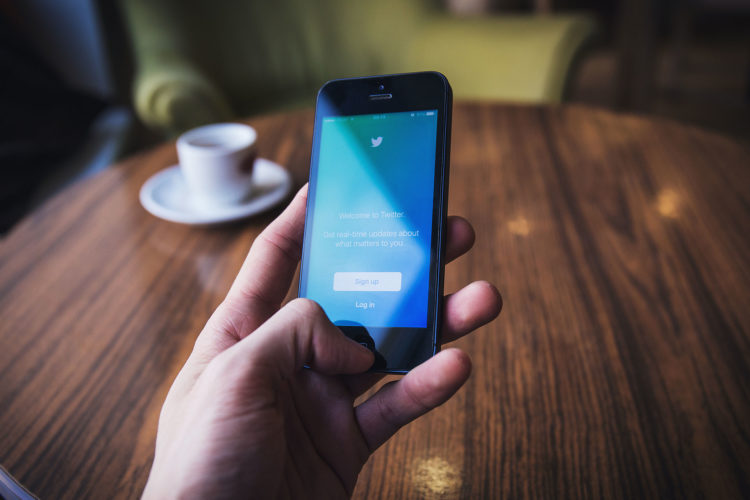Social media started with high ideals. What happened?
Social media are truly a societal phenomenon. Who would have thought America Online and MySpace would evolve into Facebook, Twitter, LinkedIn and TikTok? Now, with billions of users around the world, social media platforms have grown so powerful they influence national elections, facilitate violence and divide people into camps with, at times, terrible consequences.
Lindsey Smith, in a 2019 article in The Sunflower, stated the original purpose of social media was to connect people in a new way and help society better communicate. However, Smith goes on to say, “In today’s society of comparing and judging, social media seems to have taken a turn for the worse.â€
Want to hear directly from the inventors of social media? Watch the fascinating documentary The Social Dilemma. It discusses the original intent behind social media and the belief that the channel would make life better for billions of people. Most of the experts interviewed for the documentary believe social media have become something nefarious and are harming people in a big way.
Public relations practitioners have seen a dramatic change in the profession with the advent and growth of social media. Here’s a little secret we’re not telling anyone: There’s money to be made from handling online missteps, defending a client’s online reputation and fighting crises accentuated by social media. Instead of waiting for the early morning news cycle, public relations practitioners must now handle the onslaught of missiles on a 24/7 year-round basis.
I recently completed a yearlong study looking at how traditional public relations theories, strategies and tactics hold up under the weight of social media. It wasn’t a deep dive into the world of public relations on a global scale, but it provided insight into the evolution of our practice as we navigate the choppy, uncharted seas of social media.
I interviewed 31 public relations professionals based on strict criteria and asked a series of questions about how social media have altered their strategies and tactics, if at all. Additionally, I explored how traditional image repair theory (Benoit, 1995) applies to today’s topsy-turvy public relations world. Benoit’s ideas about the types of responses on the continuum, from denial to apology, are important to understand when to employ specific strategies in the throes of a sizzling crisis. However, do practitioners believe two-way communication is really possible on the internet? Do they envision social media as they were originally intended – a key to worldwide, effective, intimate communications?
I don’t think so.
What I did find is that public relations people are very hesitant to get involved in any online dialogue because it’s impossible to control the banter. Reacting to anonymous online posts often creates an even larger dust-up. Few, if any, of my respondents felt engaging in an online conversation was helpful to the brand unless the post is so wrong that it must be corrected for the record. That’s a bit different from the world coming together for productive discussion and problem-solving, as the social media founders envisioned it.
It appears, from my research, that an approach now top of mind for public relations practitioners handling a social media crisis is “silence as an option.†Simply put, today’s public relations professional is monitoring the online chatter and not doing much about it – at least online. Why get involved in a fight you can’t control?
However, all 31 respondents felt it was imperative to take any negative online conversation offline immediately, by reaching out to the group or individual and engaging in real two-way communication. To me, that process seems a lot like the way we used to handle crises.

